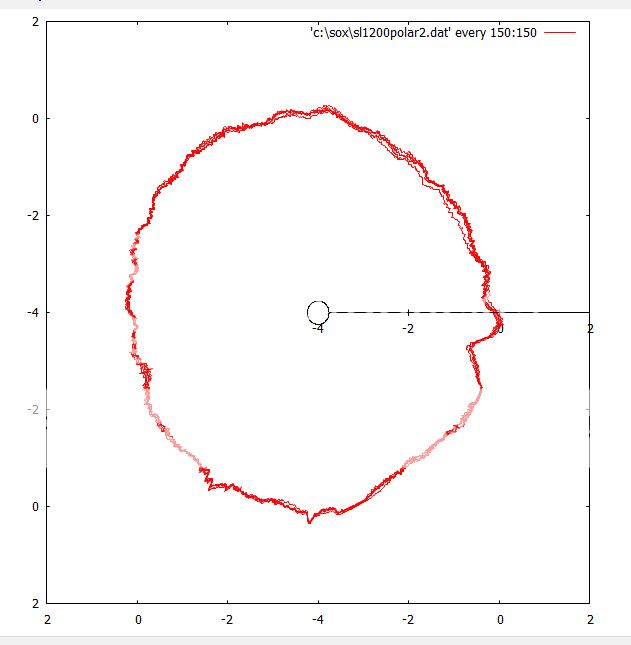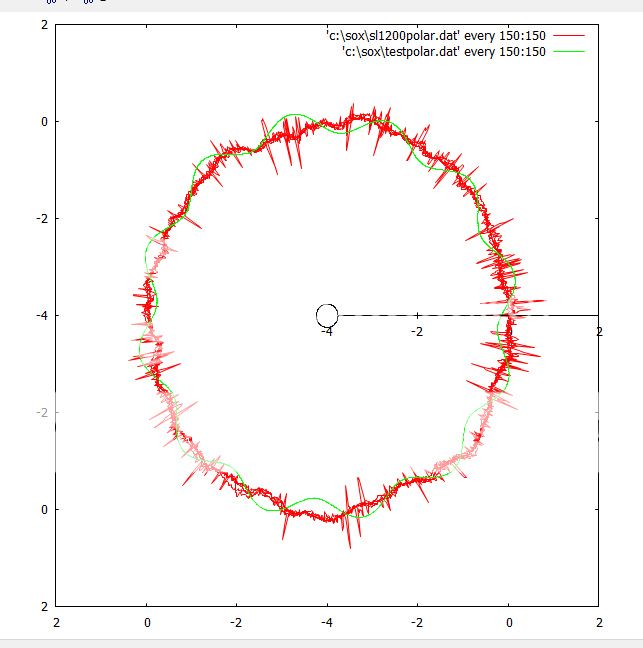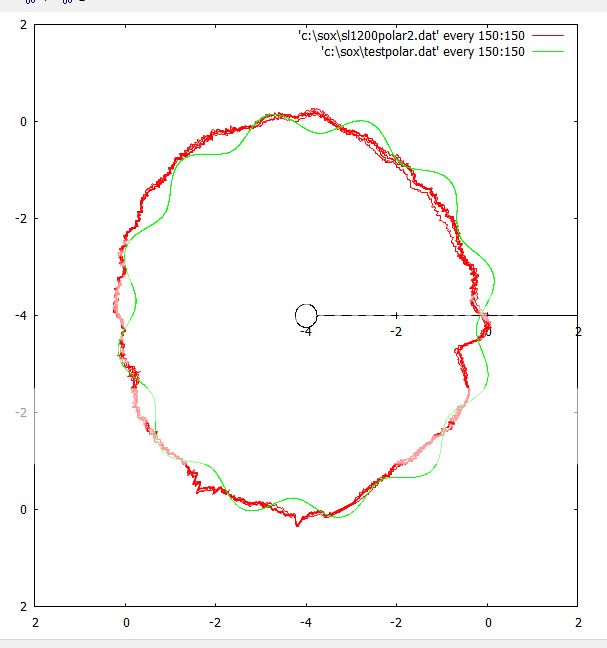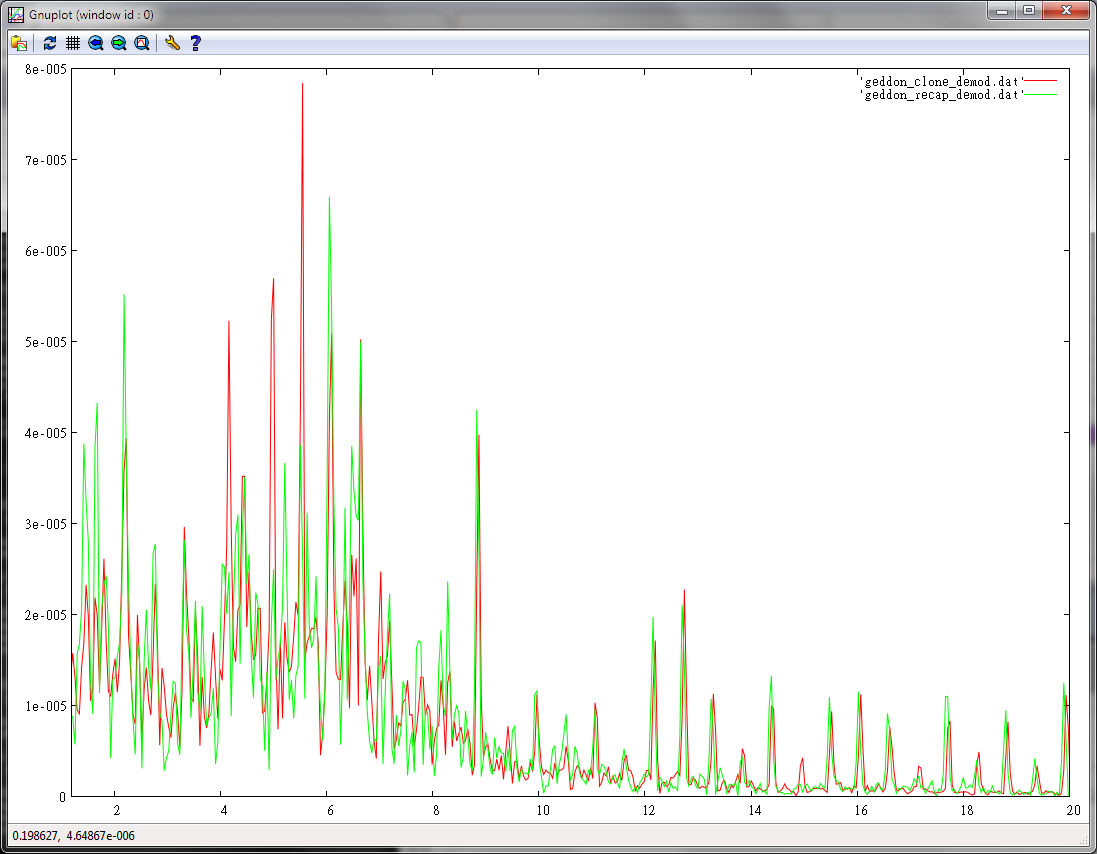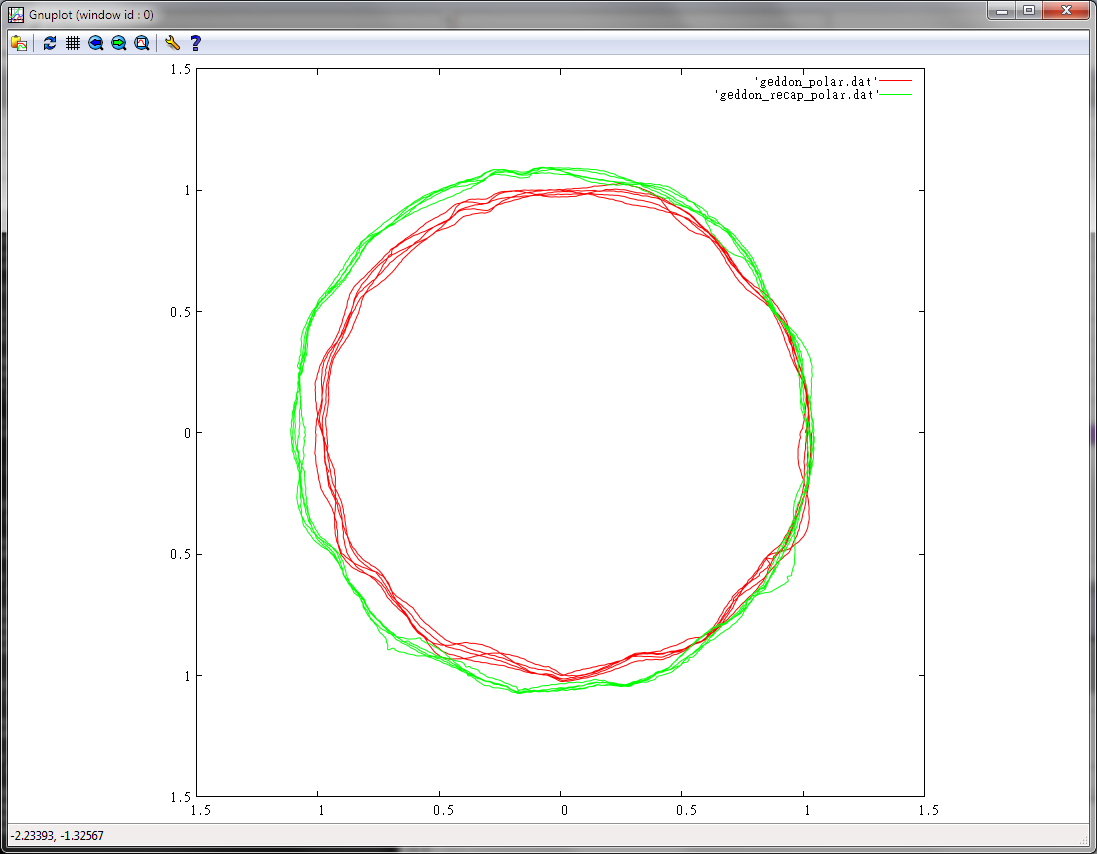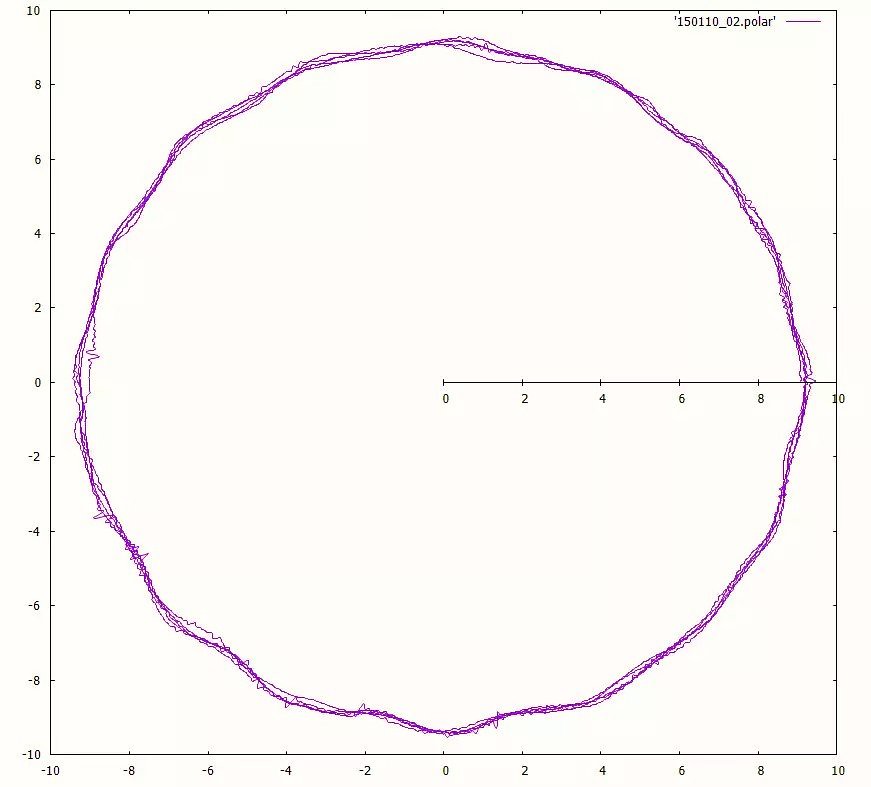Shuggie
Trade: Ammonite Audio
I am back in the UK, but I was intending on having my AP record brought back by the next visitor from Florida, so I wouldn't worry about it.
If any of the other Dr.Feickert products are to go by, the test disc should be a good one.
It is not a good one. The Feickert test LP has significant and inherent speed errors (I have it and was for a while puzzled why all my turntables showed the same speed variation pattern).


